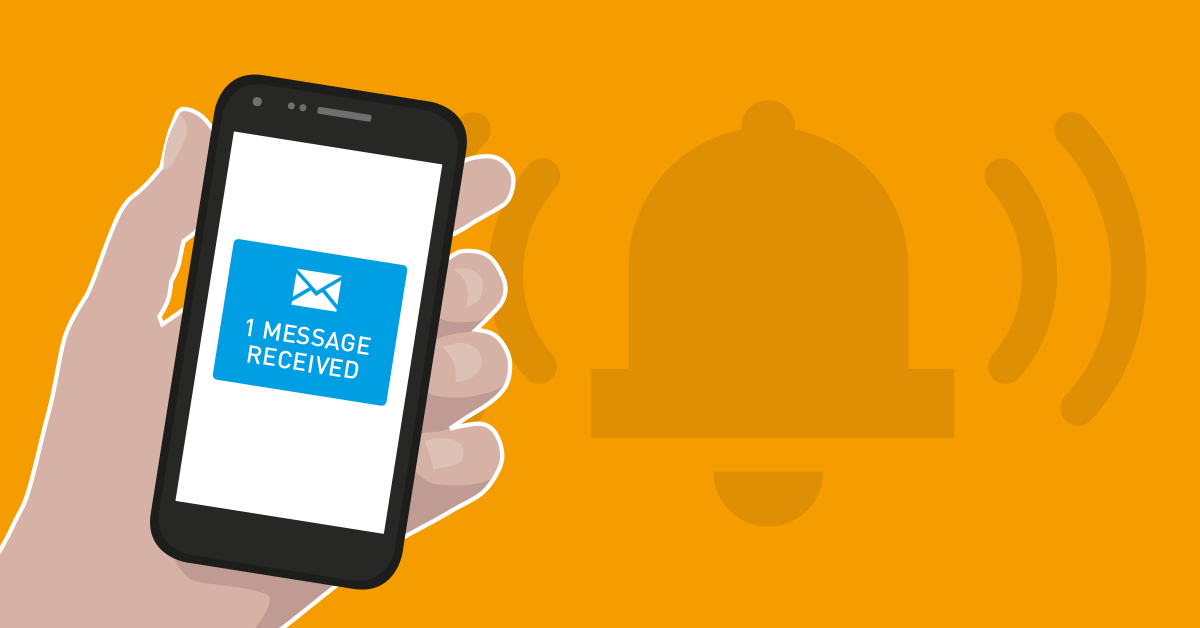-
Fil d’actualités
- EXPLORER
-
Blogs
SMS Notification Systems: Enhancing Internal Team Communication

In today's fast-paced business environment, effective communication is crucial for success. As teams become increasingly dispersed, traditional methods of communication may not suffice. This is where an SMS notification system can play a pivotal role. By leveraging the power of text messaging, organizations can enhance internal communication, streamline processes, and improve overall efficiency. This article explores how SMS notification systems can transform team communication and drive productivity.
Understanding SMS Notification Systems
What is an SMS Notification System?
An SMS notification system is a communication tool that allows organizations to send text messages to employees or team members. These systems can be used for a variety of purposes, including alerts, reminders, updates, and important announcements.
Key Features of SMS Notification Systems
- Real-Time Messaging: SMS notifications are delivered instantly, ensuring that team members receive critical information without delay.
- Automation: Many SMS systems can be integrated with existing software to automate message sending based on specific triggers or events.
- User-Friendly Interface: Most SMS notification systems offer intuitive interfaces that allow users to create and manage messages easily.
- Analytics and Reporting: These systems often include analytics features that help organizations track message delivery rates, response rates, and overall engagement.
Benefits of Using SMS Notification Systems
1. Instant Communication
In today's fast-paced work environment, time is of the essence. SMS notification systems provide instant communication, enabling teams to receive important updates or alerts in real time.
- Example: If there’s a sudden change in schedule or an urgent message that needs to be conveyed, an SMS notification ensures that all team members are informed immediately, reducing the likelihood of miscommunication.
2. Increased Engagement
Unlike emails, which may go unread or be buried in inboxes, SMS messages have a much higher open rate. Research indicates that SMS messages are read within minutes of being received, making them an effective way to engage employees.
- Action Step: Utilize SMS notifications for reminders about meetings, deadlines, or important announcements to ensure that your team stays engaged and informed.
3. Improved Response Times
With SMS notifications, team members can respond quickly to messages, whether it’s confirming their attendance at a meeting or providing feedback on a project. This immediacy can significantly improve workflow and decision-making processes.
- Benefit: Faster response times can lead to quicker project completions and a more agile work environment.
4. Enhanced Team Collaboration
SMS notification systems can facilitate better collaboration among team members. By sending out group messages or alerts, teams can stay aligned and informed about each other’s progress and tasks.
- Example: In a project-based environment, team leaders can use SMS notifications to update all members on project milestones, ensuring that everyone is on the same page.
5. Cost-Effective Communication
Implementing an SMS notification system can be more cost-effective than traditional communication methods. Many services offer competitive pricing plans that can fit within a small business budget, especially when compared to the costs associated with missed communications or delays.
- Tip: Evaluate different SMS providers to find a solution that offers the best features at a price point that works for your organization.
6. Accessibility
SMS notifications can reach employees regardless of their location or the devices they use. This is particularly valuable for teams that operate in various environments, such as remote workers, field agents, or employees in different time zones.
- Importance: Ensuring that all team members receive important updates, regardless of their work setting, promotes inclusivity and cohesion within the team.
7. Integration with Existing Systems
Many SMS notification systems can be easily integrated with existing tools and software, such as project management platforms, CRM systems, or HR software. This allows for streamlined communication without requiring teams to adopt entirely new processes.
- Action Step: Identify existing communication tools your team uses and explore how SMS systems can enhance those workflows through integration.
Implementing an SMS Notification System
Assess Your Needs
Before implementing an SMS notification system, assess the specific communication needs of your organization. Consider factors such as:
- The frequency of updates required
- The types of messages to be sent (reminders, alerts, announcements)
- The size of your team and their communication preferences
Choose the Right Provider
Once you understand your needs, research different SMS notification system providers. Look for features such as:
- Ease of use
- Scalability
- Analytics and reporting capabilities
- Integration options
Train Your Team
To maximize the benefits of your SMS notification system, provide training for your team on how to use the system effectively. Ensure that everyone understands how to send messages, respond to alerts, and utilize any integrated features.
Monitor and Evaluate
After implementation, regularly monitor the system’s effectiveness. Analyze engagement metrics and gather feedback from team members to identify areas for improvement.
- Action Step: Make adjustments as necessary to optimize your SMS communication strategy.
Conclusion
In an era where effective communication is vital for success, SMS notification systems offer an innovative solution to enhance internal team communication. By providing instant messaging, improving engagement, and facilitating collaboration, these systems empower organizations to operate more efficiently. As more teams embrace remote work and diverse environments, the need for reliable and accessible communication tools becomes increasingly important. Implementing an SMS notification system can not only streamline communication but also foster a more connected and productive workforce.





